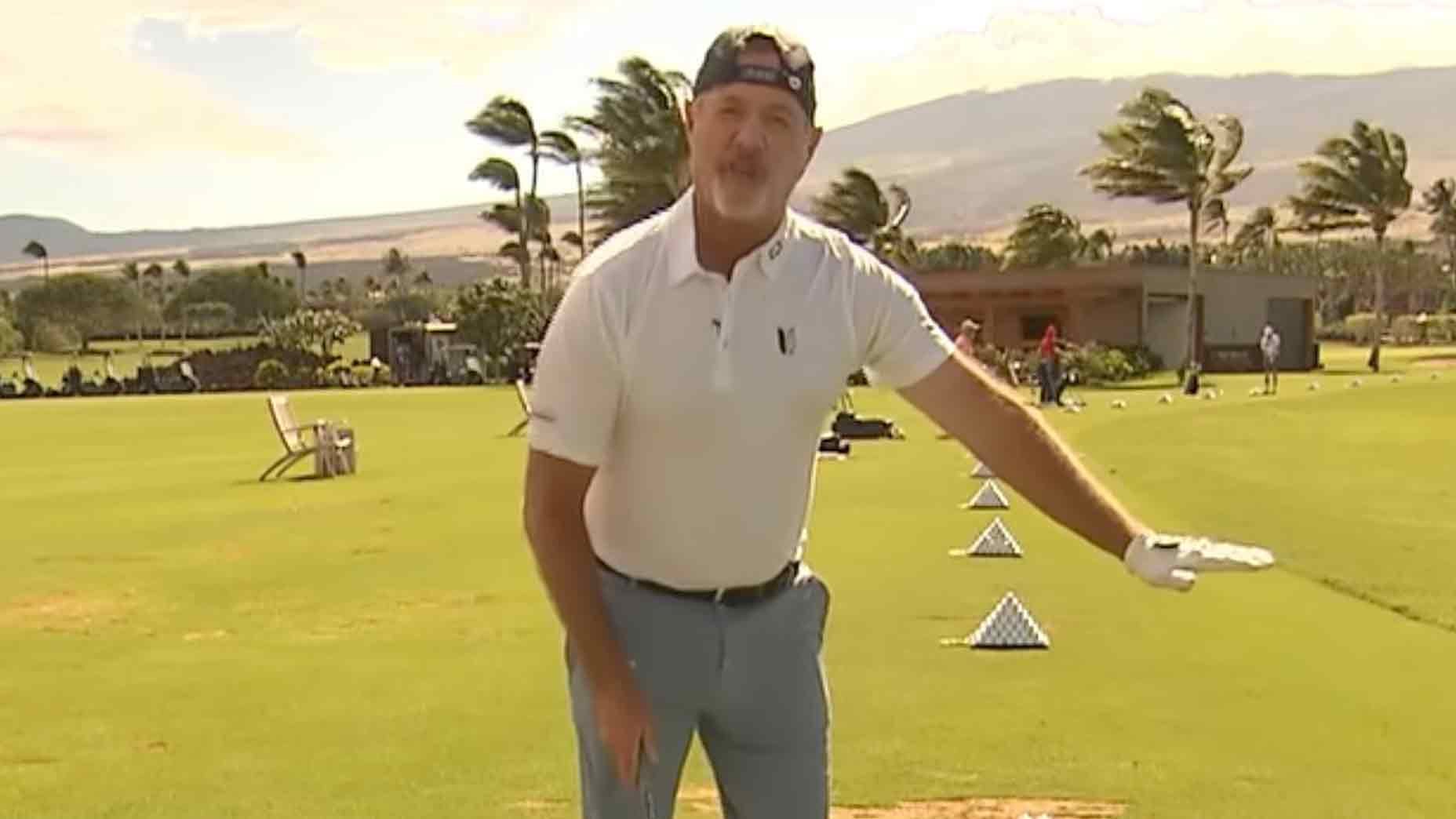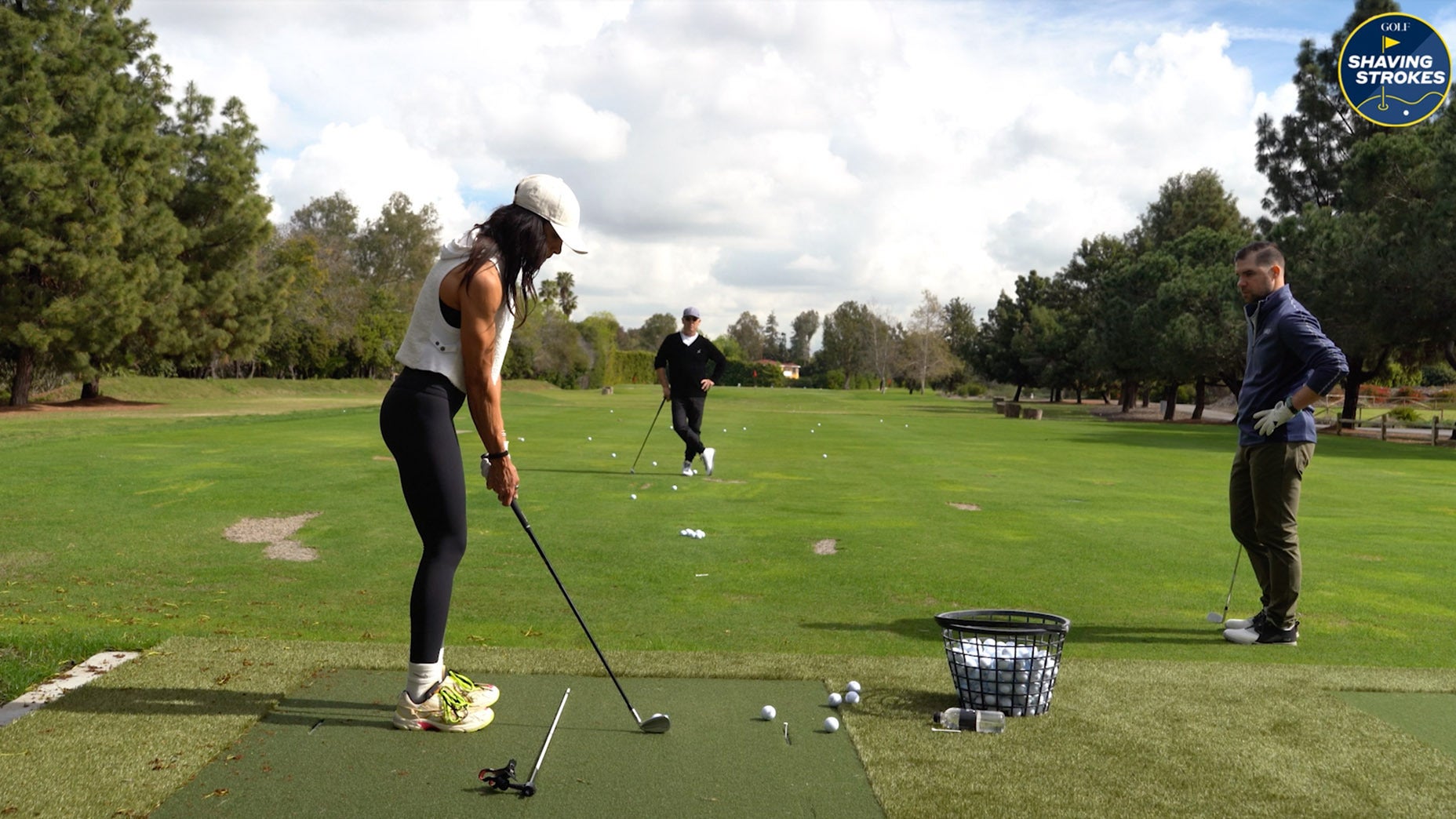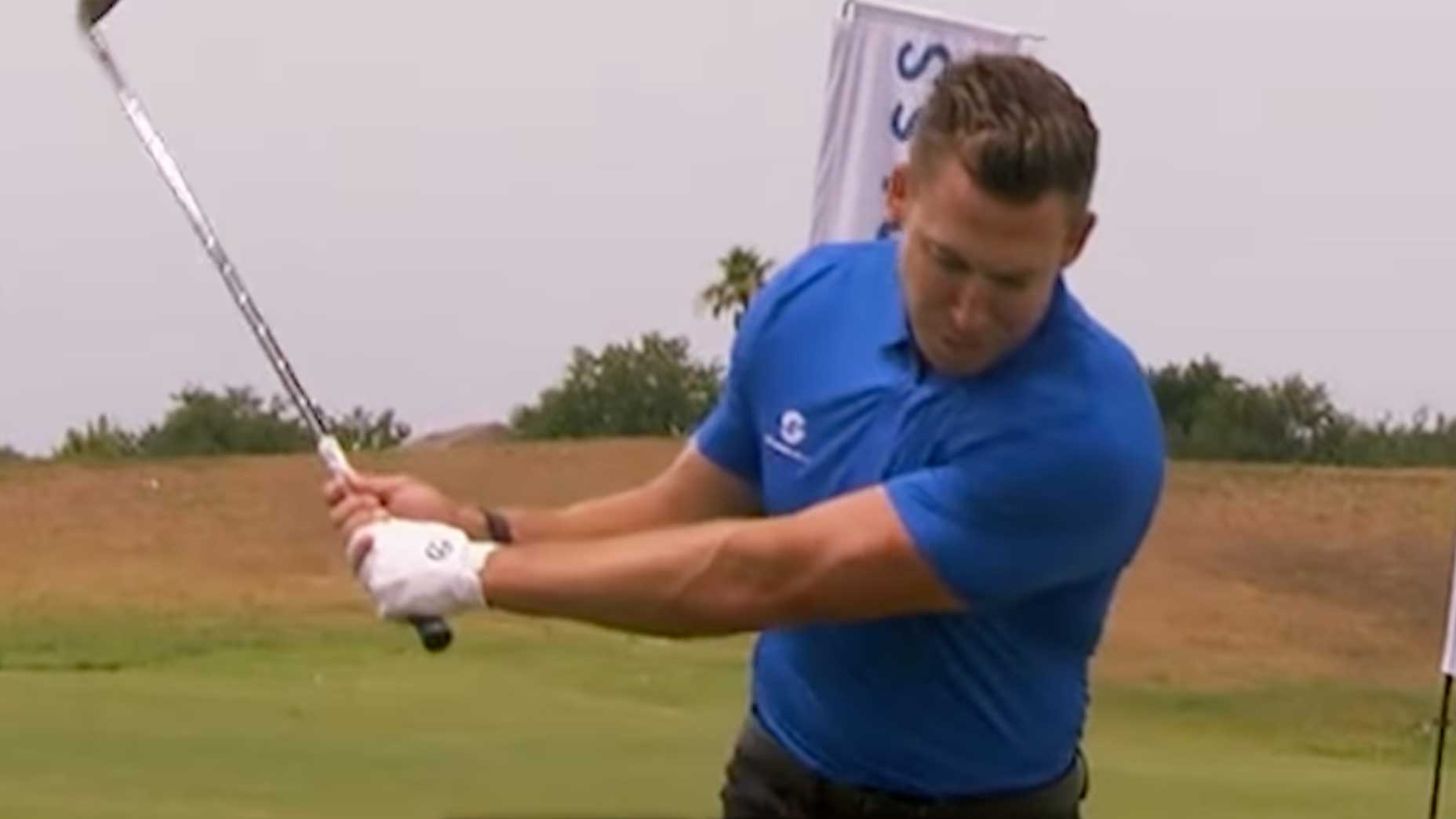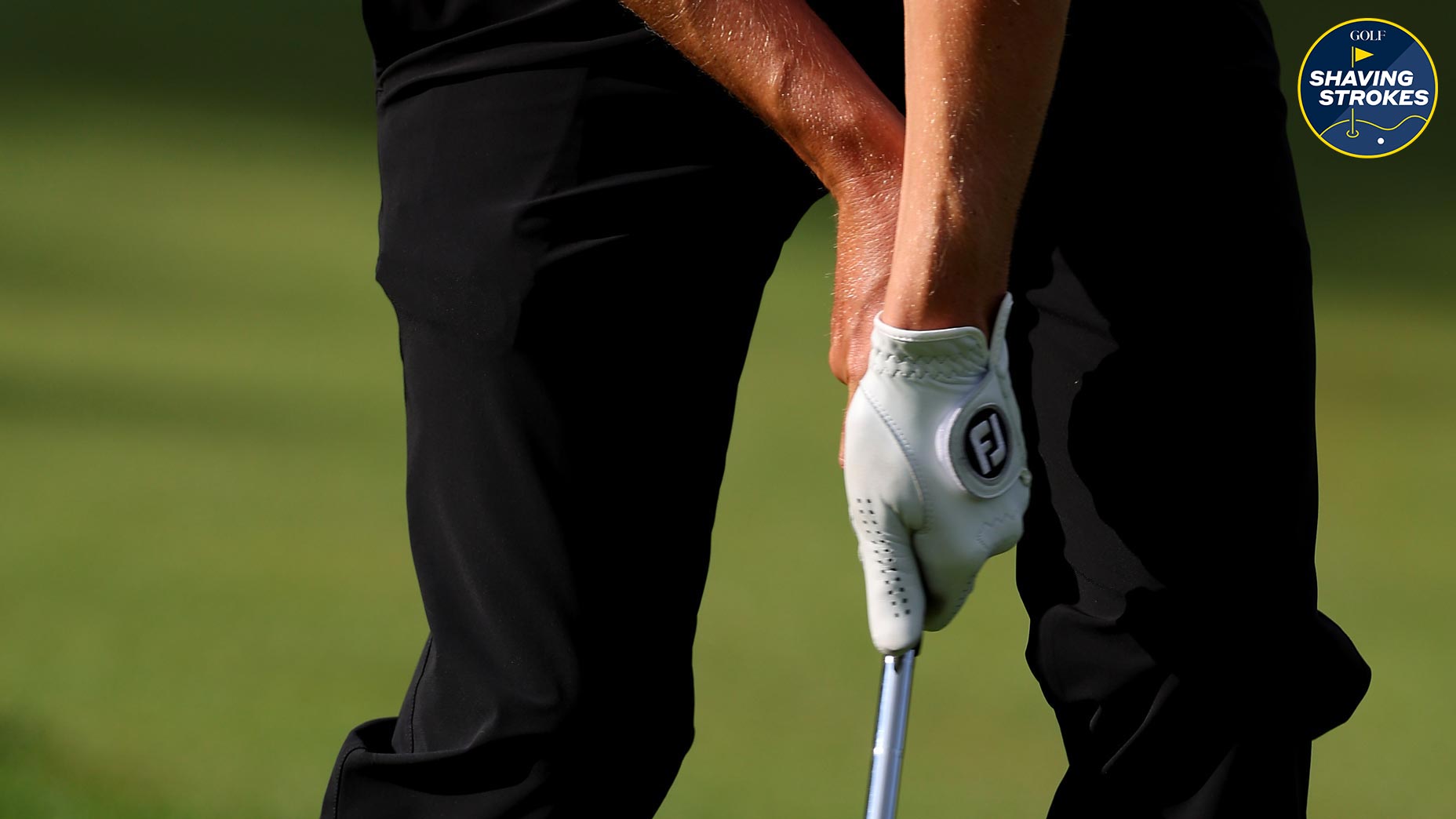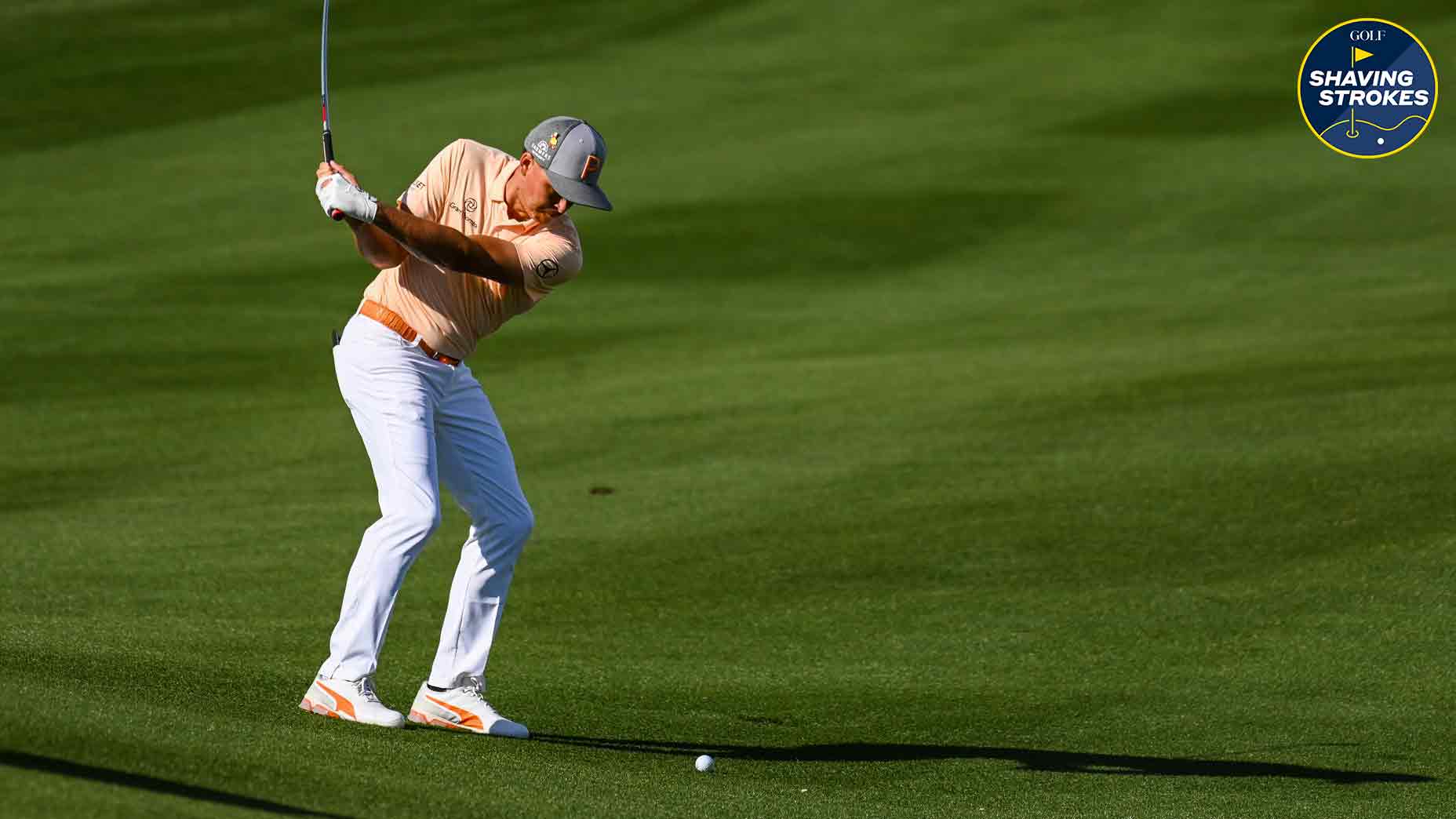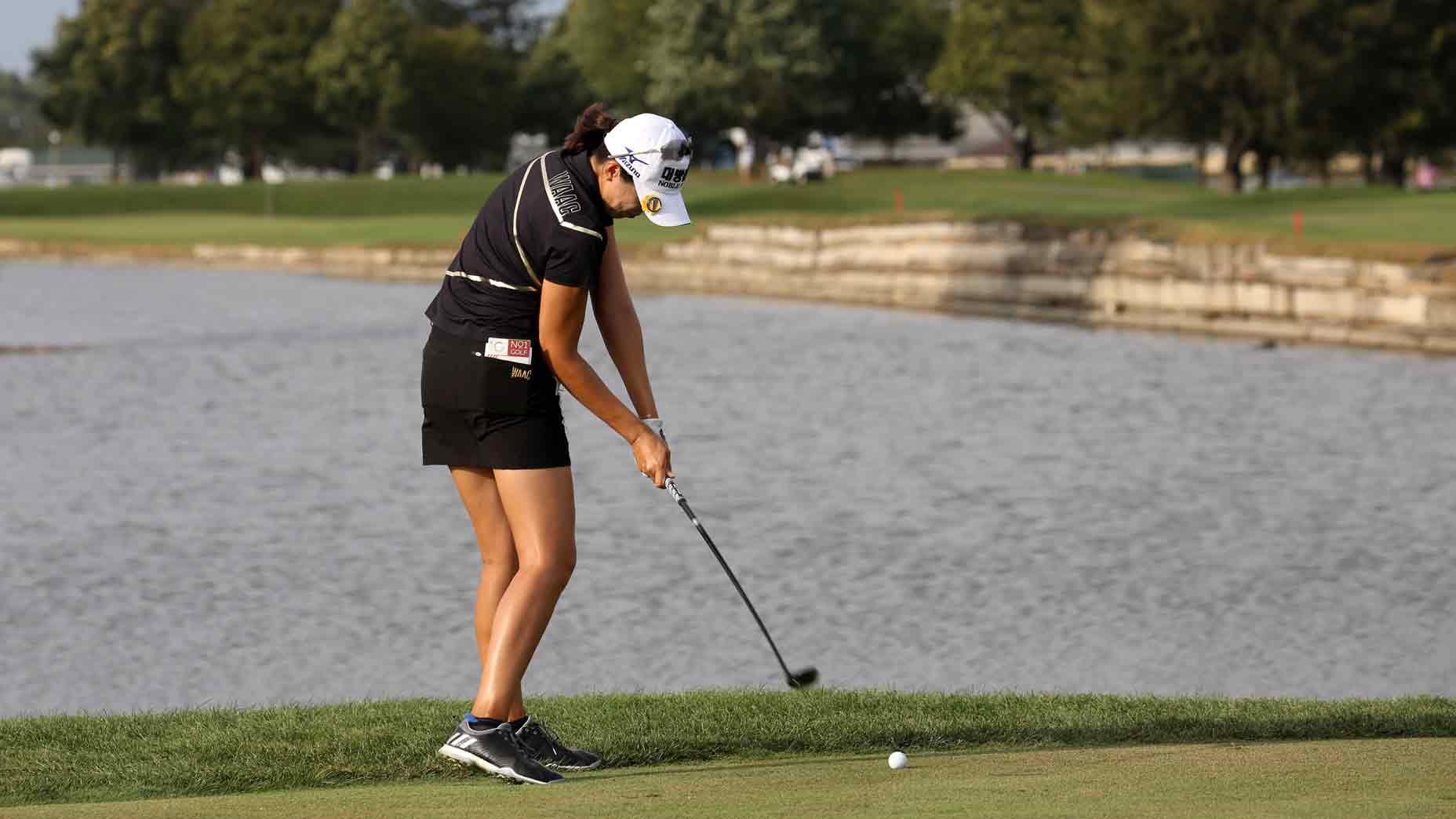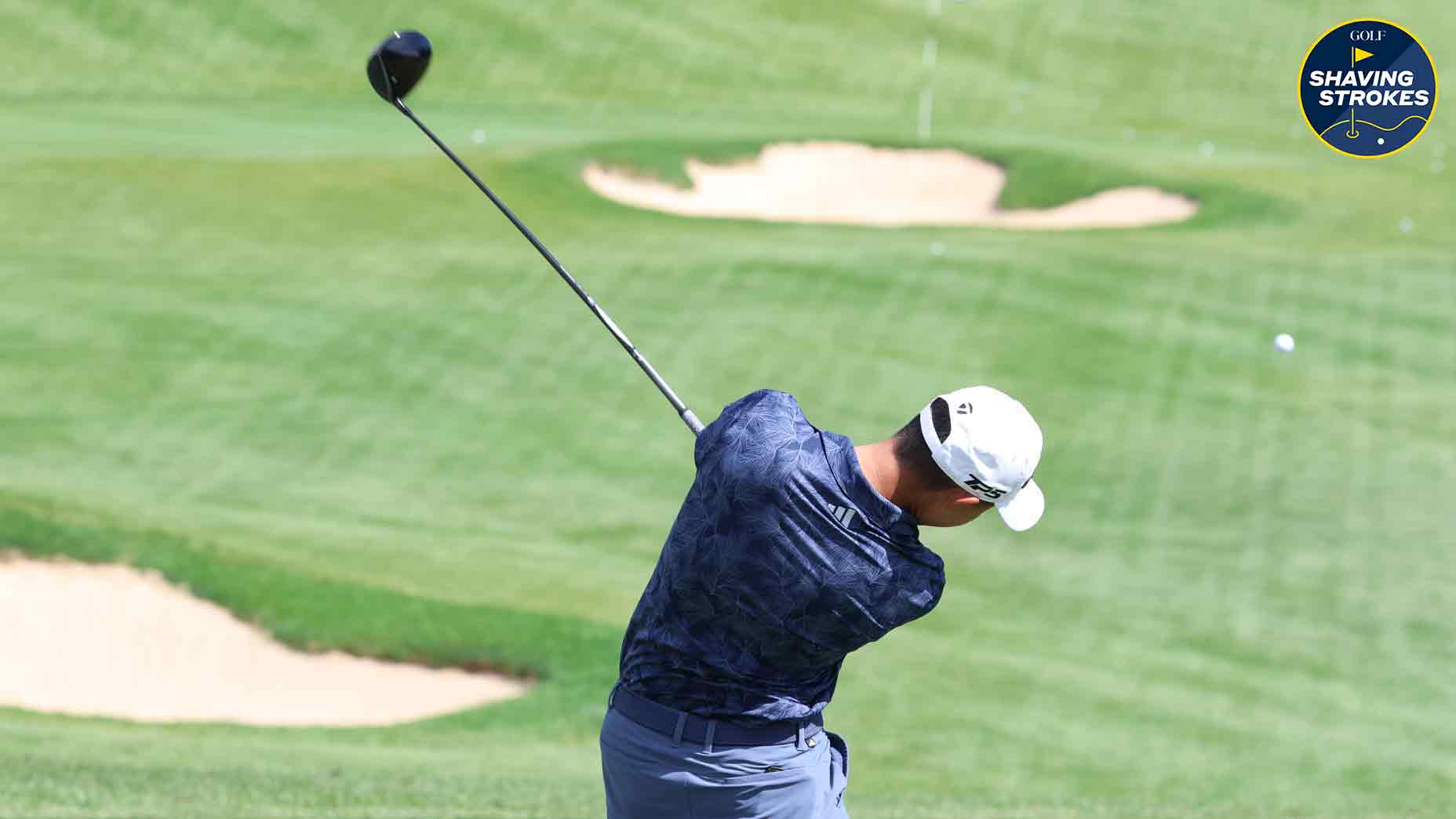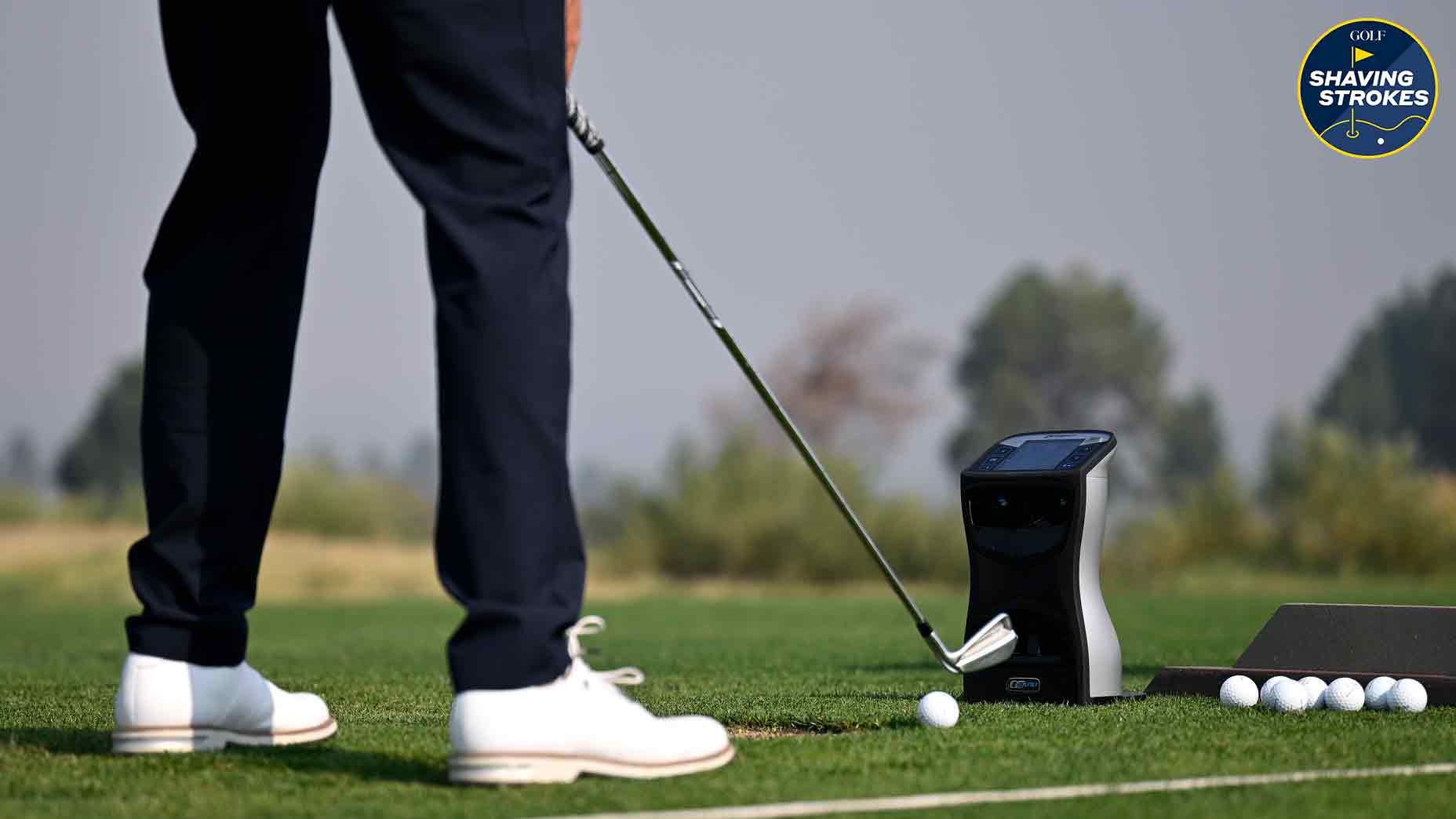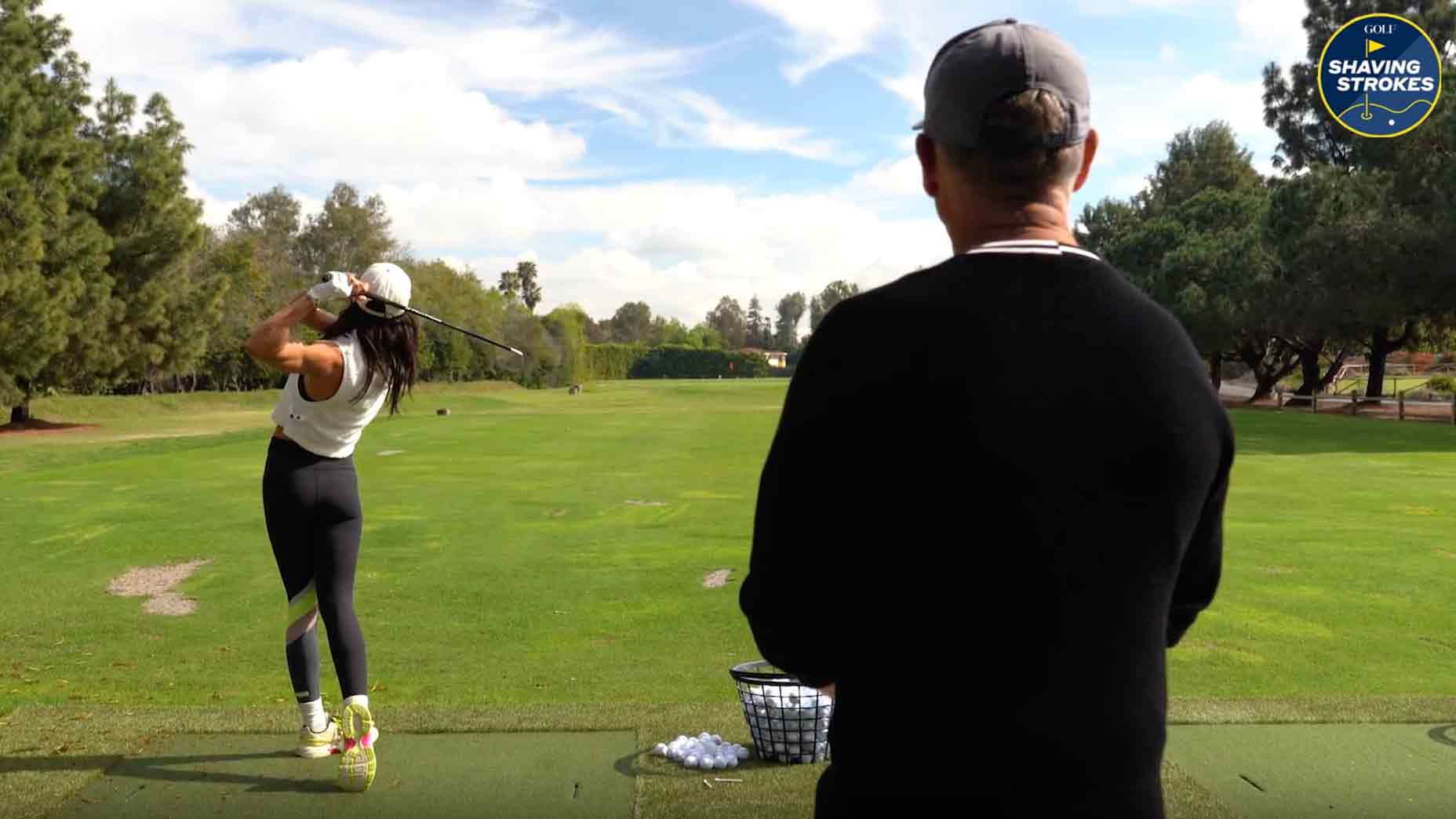4 ways the Masters Par 3 Contest can help transform your game
- Share on Facebook
- Share on Twitter
- Share by Email

It may be a fun tradition, but there's actually plenty a golfer can learn from the Masters Par 3 Contest.
Getty Images
Welcome to Shaving Strokes, a GOLF.com series in which we’re sharing improvements, learnings and takeaways from amateur golfers just like you — including some of the speed bumps and challenges they faced along the way.
The annual Masters Par 3 Contest is one of the more unique events in all of sports, not just golf. Not only does it bring players together with family, friends, and fans, but it provides a fun and relaxed atmosphere just a day before the real tournament begins — which is when the stakes are the highest.
While the tradition celebrates golf’s past, present, and future, it’s also a place where amateur golfers can learn a thing or two from the participants.
2024 Masters Par 3 Contest: Everything to know, how to watch on WednesdayBy: Jessica Marksbury
Sure, it’d be fun to skip a shot across a pond like we often see players do in the Masters Par 3 Contest, but, more realistically, the real lessons come from paying closer attention to their swing control and ball placement.
So while watching the event today, PGA Golf Professional Brendon R. Elliott says to take a few extra notes on the following — because it can actually help your game improve!
How the Masters Par 3 Contest can help you improve
Watching some of the best golfers in the world navigate a tricky par-3 course is always a fun way to officially kick off Masters week.
Although many golfers might assume they can’t learn much from the relaxed event, here are a few things you can do score lower during your next round of golf — all by simply watching the Masters Par 3 Contest.
Learn how to flight your wedges
Often overlooked by many amateur golfers, it’s so important to control your shot trajectory with a wedge in your hand. You rarely see a Tour player hit their 60-degree, 56-degree, 50-degree, or any other higher-lofted wedge full out. So take more club, choke down a bit, and smoothly control your pace and tempo with an accelerating swing.
Play to the contours of the green
Augusta National is known for its tricky sloped greens — and the putting surfaces on the shorter course are no different. As you watch the Masters Par 3 Contest, notice how the competitors often hit beyond the flagstick (or even left or right of it), which helps them ensure they’re leaving their ball cozied up to the pin.
The yardage to the flag is basically irrelevant, as the yardage to the spot where you want to land your tee shot matters more.
Don’t forget to factor in outside influences
When you’re hitting higher-lofted clubs into a green, factors such as the wind will play a significant role in what your golf ball does mid-flight. As mentioned previously, the actual yardage to the pin is merely a number on the card and tee sign, so playing your shot to a yardage in accordance with how the wind will affect your ball is most critical.
Playing in extreme wind? Use these tips from a senior major winnerBy: Nick Dimengo
There’s no telling how much wind may influence your ball, since it all depends on various strengths and directions. However, as a general rule of thumb, a 10-mile-per-hour wind can cause your shot to travel up to one club length farther or shorter than normal, while a 20-mile-per-hour wind can cause a change of two clubs.
Remember, it’s essential to consider the wind’s impact before taking your shot and make necessary adjustments to your aim and swing.
While watching today’s Par 3 Contest, listen for a hot mic moment between golfer and caddie. You might be surprised to hear which club a caddie suggests based on the wind, slope, and pin location.
Always have fun!
Golf is hard, no doubt, but it’s also fun — or should be! While the Masters Tournament is serious competition as players vie for the green jacket, the Masters Par 3 Contest allows participants to let loose around each another and their families.
So soak in the smiles and the laughs seen during the par 3 event, and have it serve as a reminder to always have fun and enjoy the special journey that golf takes us on every time we tee it up.

Titleist Vokey SM10 Raw Custom Wedge
$225
View Product
Latest In Instruction

Brendon R. Elliott, PGA Golf Professional
Golf.com Contributor

Nick Dimengo
Golf.com Editor


